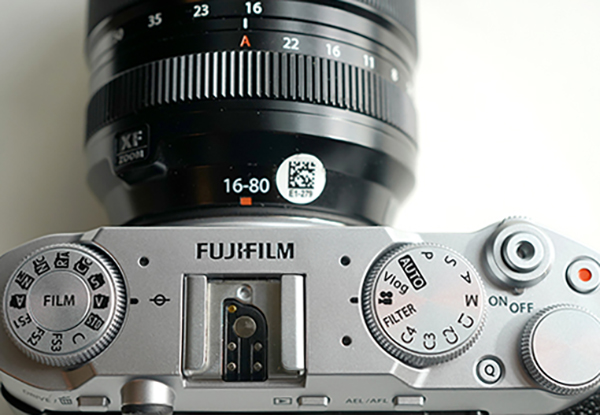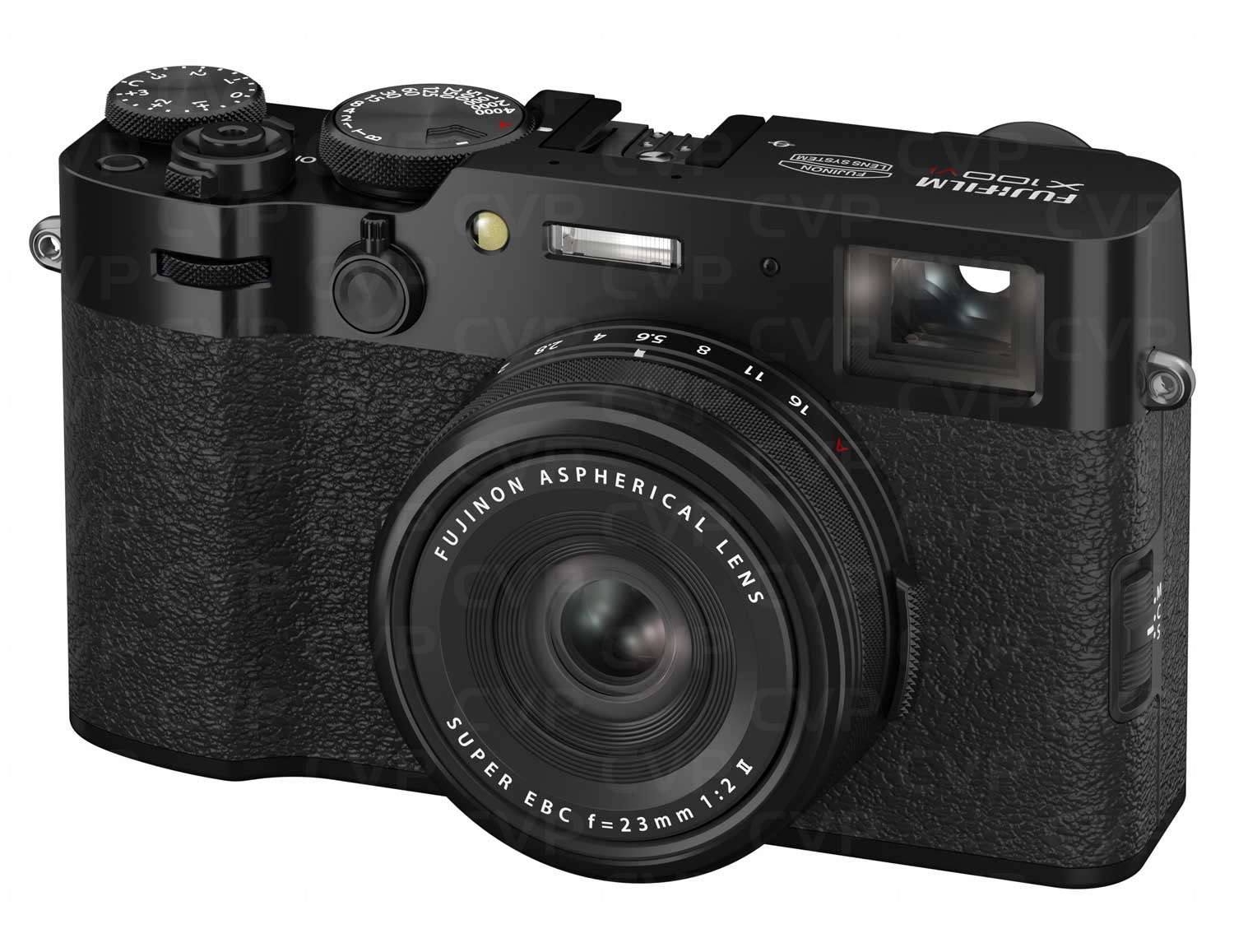Price Problems: Trump’s Tariffs Force Fujifilm, Sony, Canon, Nikon, And Others To Raise Prices
posted Friday, August 22, 2025 at 11:30 AM EST

President Trump’s tariffs appear to be terrible for camera companies, and, by extension, consumers and photographers, since for the past several months, nearly all the major camera makers have been forced to announce price increases. The tariffs have been put in place to ensure “balanced trade through a predictable tariff framework,” the White House says, and “as part of this agreement, imports from Japan will be subject to a baseline 15% tariff rate.”
How have the major camera companies responded? Some, like Nikon and Sigma, have issued statements on the increases and when they would be implemented (although they didn’t indicate which products). Others, like Sony and Canon, opted not to indicate when they would raise prices.
And although Fujifilm was one of the last to raise prices, it not only announced it would increase prices on gear last month, but both PetaPixel and DRPeview reported that the company has issued a new statement that it will need to increase prices again, at the end of this month: “The global marketplace continues to present business challenges, driven by the volatile market conditions facing manufacturers, retailers, and consumers alike. With these changes and the instability of the marketplace, we have made the business decision to further adjust prices to accommodate for these global changes….”
How Tariffs Are Impacting Specific Digital Imaging Products?

It's unclear how the tariffs will precisely increase price, but it will most likely differ from company to company. For instance, we reported in May that Leica initially hiked its Leica D-Lux 8 from $1,595 up to $2,790 (a 75% increase) before a temporary 90-day U.S.–China tariff truce brought it down to $1,915, which is still $320 more than its original launch price. But our guess, or hope, is that such dramatic fluctuations won't happen with other camera companies.
Nevertheless, below, you can see how the tariffs are resulting in some prominent price increases on several camera bodies and lenses…with more expected at the end of the month.
Here are the cameras with notable tariff-related price increases:
- Fujifilm GFX100 II — increased $800, from $7,499 to $8,299
- Fujifilm X100VI — increased $200, from $1,599 to $1,799
- Fujifilm X-T5 — increased $200 from 1,699 to $1,899
- Sony RX100 VII — increased $400 from $1,299 to $1,699
- Canon EOS R1 will increase $500 in price from $6,299 to $6,799
And here are the lenses with notable tariff-related price increases:
- Sony FE 24 mm f/2.8 G increased approximately $200, from $599.99 to $798.00
- Sony FE 40 mm f/2.5 G increased approximately $200, from $599.99 to $798.00
How Camera Companies Are Attempting To Lessen The Impact of Tariffs
Not surprisingly, camera companies are looking to maneuver quickly to help mitigate the impact of the tariffs, if that’s possible.
Fujifilm is a case in point: In order to lessen the high U.S. tariffs imposed on cameras made in China, Fujifilm said it will “relocate the production of four of its most popular X Series cameras from China to Japan,” according to Petapixel. In other words, the models, which include Fujifilm X-T5, X-T50, X-M5, and X100VI, which will be sold in the United States will be made in Japan rather than China.
Petapixel also reported Canon’s reaction to the tariffs: “…while Canon continues to weigh all its options concerning pricing strategy and manufacturing locations, the company says it will broadly aim to dampen the impact of tariffs on its financial performance through ‘reducing costs and raising prices.’” Such cost cutting measures could include returning camera and lens production to Japan and increase automation with manufacturing.
But overall, it’s still unclear what will be the most effective strategies camera manufacturers can use to stabilize increasing prices for cameras and lenses as a result of President Trumps chaotic implementation of the tariffs. Only time will tell.